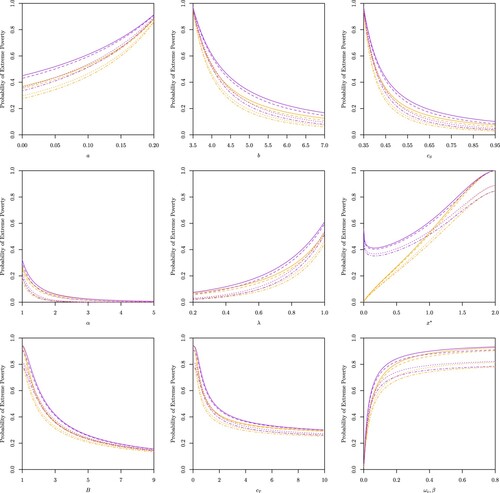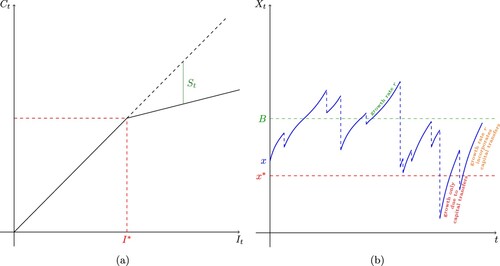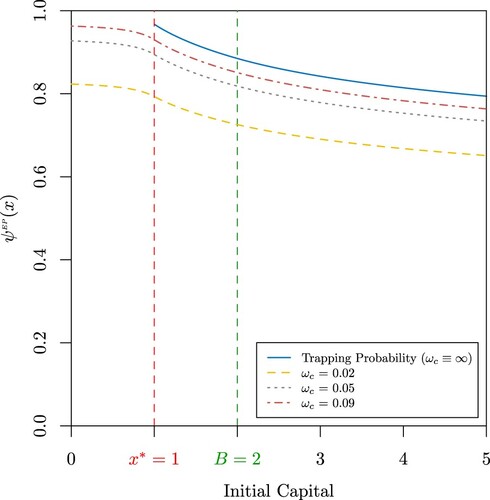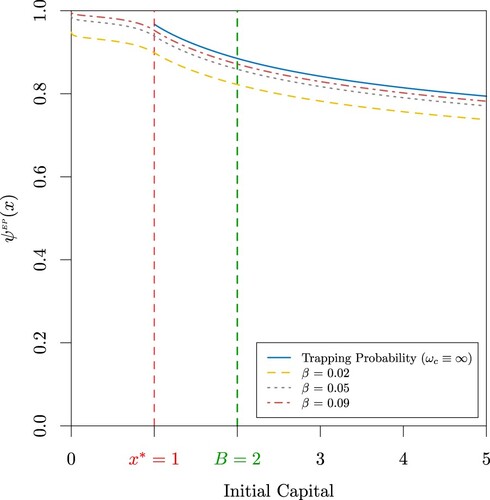Figures & data
Figure 2. (a) Trapping probability when
, a = 0.1, b = 4,
, B = 2,
and
for
(b) Trapping probability
when
, a = 0.1,
,
,
,
and
for B = 1, 2, 3, 4.
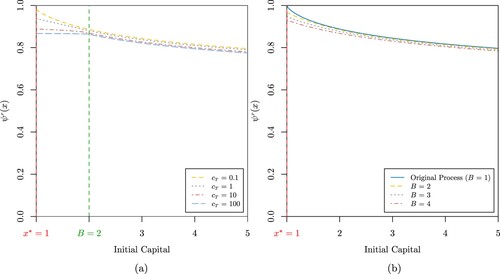
Figure 3. (a) Probability of extreme poverty when
, a = 0.1, b = 4,
, B = 2,
,
and
for
(b) Probability of extreme poverty
when
, a = 0.1, b = 4,
,
,
,
and
for
and
.
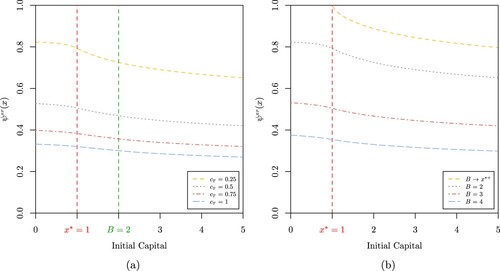
Figure 5. (a) Probability of extreme poverty when
, a = 0.1, b = 4,
, B = 2,
,
and
for
(b) Probability of extreme poverty
when
, a = 0.1, b = 4,
,
,
,
and
for
and
.

Figure 7. (a) Cash transfer rate and capital barrier level B required to attain a given target trapping probability of
when
, a = 0.1, b = 4,
,
and
for initial capital
(b) Cash transfer rate
and capital barrier level B required to attain a given target probability of extreme poverty of
when
,
, b = 4,
,
,
and
for initial capital
.
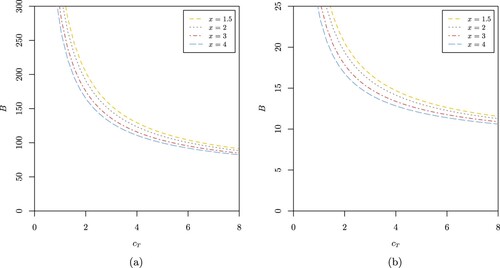
Figure 9. (a) Probability of extreme poverty when n = 10, 000,
, a = 0.1, b = 4,
, B = 2,
,
and
for
(b) Probability of extreme poverty
when n = 10, 000,
, a = 0.1, b = 4,
,
,
,
and
for
and
.
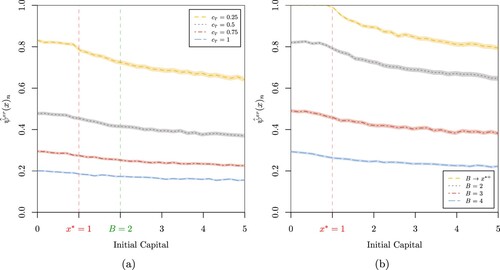
Figure 10. Probability of extreme poverty when n = 10, 000,
, a = 0.1, b = 4,
,
, B = 2,
,
and
for
.
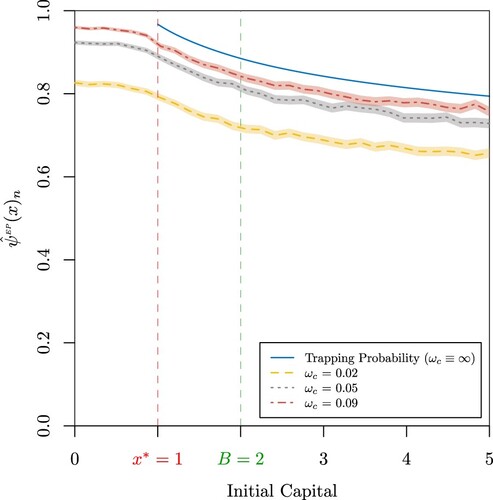
Figure 11. (a) Probability of extreme poverty when n = 10, 000,
, a = 0.1, b = 4,
, B = 2,
,
and
for
(b) Probability of extreme poverty
when
, a = 0.1, b = 4,
,
,
,
and
for
and
.

Figure 12. Probability of extreme poverty when n = 10, 000,
, a = 0.1, b = 4,
,
, B = 2,
,
and
for
.

Figure A1. Effects of the rate of consumption , income generation
, investment or savings
, the parameter of the Beta distribution
(i.e. expected remaining proportion of capital), the expected capital loss frequency
, the critical capital
, the capital barrier level
and the capital transfer rate
on the trapping probability of the original model obtained in Henshaw et al. (Citation2023) (in red) and on the trapping probability of the model with capital cash transfers (in blue) for initial capital
.
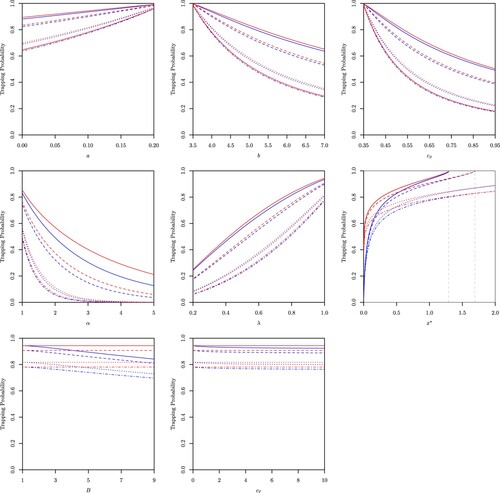
Figure A2. Effects of the rate of consumption , income generation
, investment or savings
, the parameter of the Beta distribution
(i.e. expected remaining proportion of capital), the expected capital loss frequency
, the critical capital
, the capital barrier level
, the capital transfer rate
and the extreme poverty rate function on the probability of extreme poverty for a constant extreme poverty rate function (in orange) and an exponential extreme poverty rate function (in purple) for initial capital
.
